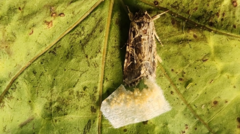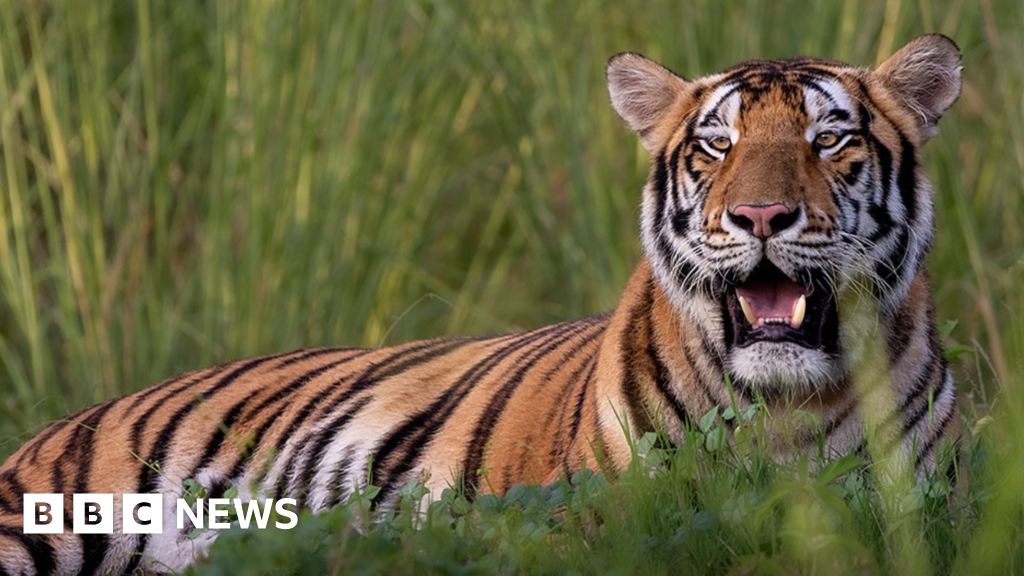Recent research conducted at Tel Aviv University has unveiled a remarkable aspect of nature: animals can react to sounds emitted by plants when they are under stress. This finding illuminates the potential existence of an intricate communication network in our ecosystem, fostering connections between flora and fauna.
Two years ago, the same research team made a striking discovery that plants can produce sounds indicative of distress or unhealthy states, particularly when experiencing factors like dehydration. These sounds are inaudible to the human ear but are perceptible by various insects, bats, and certain mammals.
According to Prof. Yossi Yovel, the lead researcher, “This is the first demonstration ever of an animal responding to sounds produced by a plant.” The study specifically examined how female moths interact with tomato plants. When the plants emitted distress signals, the moths showed a preference against laying their eggs on them, which they typically seek out for nourishing environments for their future larvae.
The researchers conducted a series of meticulous experiments to ensure that the moths were indeed responding to the sound, rather than visual cues from the plants. This finding opens the door for further investigations into how different animals might use plant sounds to inform various decisions, like choosing plants for pollination, shelter, or food.
“There could be numerous complex interactions, and this is just the beginning,” suggests Prof. Yovel. The research team plans to extend their studies to explore how different plants communicate and if other species, including additional insects and animals, respond similarly.
“There’s an exciting possibility that plants may communicate with each other through sound, enabling them to coordinate responses such as conserving water during drought conditions,” Prof. Lilach Hadany mentioned, reinforcing the overarching significance of sound in plant interactions.
Importantly, researchers clarified that while plants can produce these sounds, they are not sentient. The sounds arise from physical changes in their environment. This research highlights the utility of these sounds for animals and potentially other plants, revealing a co-evolutionary element in communication among species.
The findings were published in the journal eLife and indicate a vast domain of ecological knowledge that remains largely uncharted, showcasing a world of interactions that intertwine animal and plant life in unforeseen ways.






















